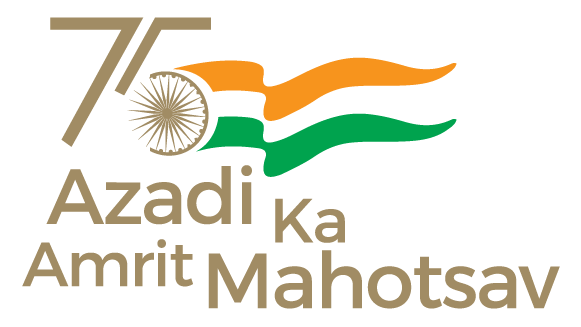
National Institute of Hydrology, Roorkee (NIH) has conducted studies for identification of pollutants, both geogenic and anthropogenic, in the surface and groundwater sources under various research studies. In the last 5 years the studies have been conducted for assessment of water quality and possible remedial measures to cope with. NIH has also developed constructed wetland based natural treatment system, which has been successfully scaled-up in rural and semi-urban setups. The institute has prepared river rejuvenation plan on the request of Govt. of Uttarakhand.
NIH, Roorkee has organized various workshops on water conservation and water treatment measures for the stakeholders to disseminate the knowledge acquired from various research studies.
NIH, Roorkee has successfully demonstrated the constructed wetland based natural treatment system for domestic wastewater at field scale. The institute has also developed a fluoride removal media from bagasse fly ash and patented the material.
In order to construct the arsenic-contaminant-free exploratory wells, especially in the Indo-Gangentic plain area, Central Ground Water Board (CGWB) has invented and used an innovative cement sealing technique with which the arsenic-safe deeper aquifer zones have been identified and wells have been constructed tapping the arsenic-safe deeper aquifers. Under the National Aquifer Mapping Programme (NAQUIM) of CGWB, special attention is being given to the aspect of ground water quality including contamination by toxic substances such as Arsenic in ground water. Further, under NAQUIM, CGWB constructs arsenic-safe exploratory wells arsenic affected parts of the States of West Bengal, Bihar and Uttar Pradesh. So far, 513 exploratory wells tapping arsenic-safe aquifers have been constructed under NAQUIM programme. In addition, the innovative cement sealing technique of CGWB has been shared with the state agencies to utilize to construct arsenic-free wells.
CGWB has taken up NAQUIM programme with the objectives to delineate the aquifers, characterize them and prepare management plans. Out of the identified 25 lakh sq km area for coverage under NAQUIM studies, so far, an area of 24.3 lakh sq km has already been covered. The management plans are shared with the respective State Governments for taking appropriate measures for implementation. Further, Public Interaction Programs (PIP) are being organised at grassroots level for disseminating the outputs of NAQUIM Studies for the benefit of the stakeholders. So far, 1300 such programs have been conducted in different parts of the country in which nearly 1,00,000 people have participated.
Water Technology Initiative programme in Department of Science and Technology (DST) promotes application led research for developing indigenous affordable and robust technological solutions to address various water challenges related to water quality, including sustainable technologies for Desalination & Arsenic, Flourides, Iron, Nitrates other emerging contaminants mitigation and monitoring. The initiative also promotes solution centric approach to address challenges related to water quantity, accessibility, availability, recycle and reuse. The programme also envisages for deployment and evaluation of the lab proven technologies in the real field conditions in techno and as well as socio-economic context. Providing viable technological options for provision of safe drinking water for all our citizens is the prime focus of Water Technology Initiative of DST.
DST has set up water quality labs in partnership with concerned state governments, water utilities and academic/R&D institutions. These laboratories have prepared water quality maps for the state as whole and vulnerable regions to enable appropriate decision making. In order to empower the community to monitor the water quality for its portability, several low-cost water quality monitoring kits have been developed. The focus of DST’s endeavour is to develop indigenous technologies which are cost effective, efficient and utilizes locally available material for treatment to the extent possible, and are simple enough for community to operate and maintain.
A Scientific Dissemination and Improvement of Water Management Practices of Local Tribes and Indigenous People of NE Region, project has been undertaken by Brahmaputra Board (i) Water management Practices of Apatani inhabited Ziro Valleyin Arunachal Pradesh, (ii) Roza Water conservation practices of Chakhesang tribe of Phek district in Nagaland and (iii) Dong Water management practices of Bodo tribe of BTC area in Assam.
Jal Shakti Abhiyan-I (JSA-I) was conducted in 2019 in 1592 blocks out of 2836 blocks in 256 water stressed districts of the country and was expanded as “Jal Shakti Abhiyan:Catch the Rain” (JSA:CTR) in 2021 with the theme “Catch the Rain – Where it Falls When it Falls” to cover all the blocks of all districts (rural as well as urban areas) across the country. “Jal Shakti Abhiyan: Catch the Rain” (JSA:CTR) -2022 campaign, the third in the series of JSAs, has been launched on 29.3.2022 to cover all the blocks of all districts (rural as well as urban areas) across the country.
This information was given by the Minister of State for Jal Shakti, Shri Bishweswar Tudu in a written reply in Rajya Sabha today.
*****
AS


